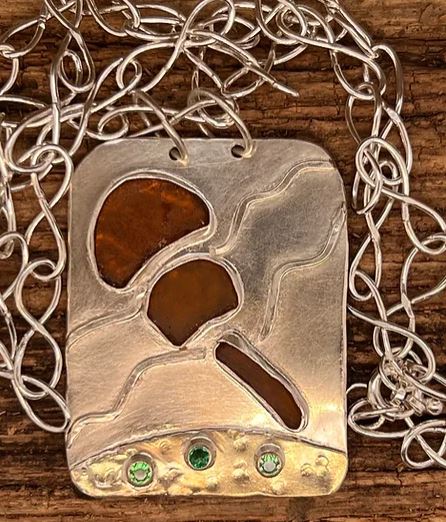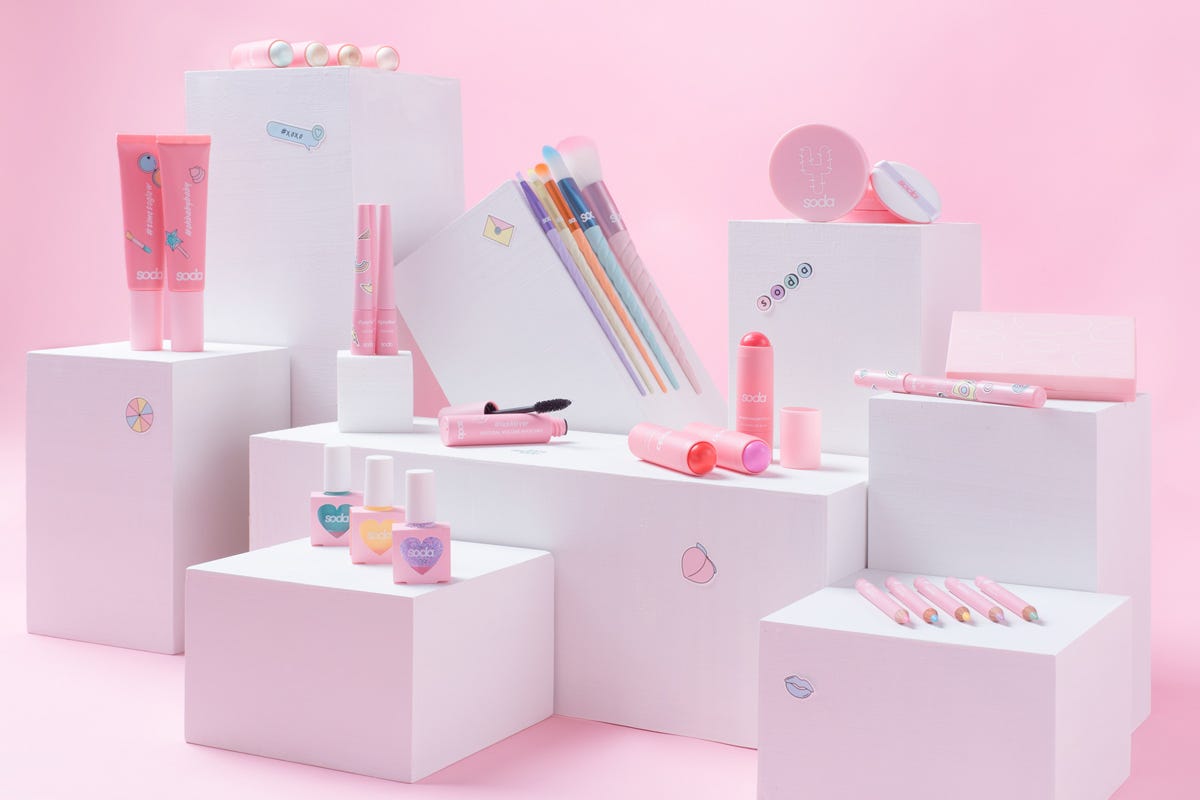In an age where sustainability and individuality are highly prized, recycled jewelry has emerged as a perfect marriage of eco-consciousness and unique craftsmanship. This innovative approach to jewelry-making not only addresses the growing concern of environmental impact but also offers a distinctive flair that sets each piece apart. From repurposed materials to one-of-a-kind designs, recycled jewelry is reshaping the fashion landscape and challenging traditional notions of luxury and beauty.
The Rise of Recycled Jewelry
The concept of recycled jewelry is not entirely new, but its popularity has surged in recent years. With increasing awareness of environmental issues and a shift towards sustainable living, consumers are looking for ways to reduce their carbon footprint. Jewelry designers have responded to this demand by creating stunning pieces from recycled materials, such as old coins, broken electronics, discarded glass, and even ocean debris. This not only reduces waste but also breathes new life into items that would otherwise contribute to pollution.
Unique Jewelry: The Allure of One-of-a-Kind Pieces
One of the most compelling aspects of recycled jewelry is its uniqueness. In a world where mass production dominates, the desire for unique jewelry pieces that reflect personal style and individuality has grown. Recycled jewelry inherently offers this uniqueness because no two pieces are exactly alike. The process of repurposing materials often results in unexpected and creative outcomes, making each piece a work of art with its own story.
The Environmental Impact
The jewelry industry has long been criticized for its environmental impact, from the mining of precious metals and gemstones to the extensive energy consumption in production processes. Recycled jewelry provides a sustainable alternative by utilizing existing materials, thus reducing the need for new resource extraction. This approach helps decrease the carbon footprint associated with traditional jewelry manufacturing and minimizes environmental degradation.
For instance, the mining of gold and diamonds is notorious for its destructive effects on the environment, including deforestation, soil erosion, and water pollution. By recycling metals and stones, jewelers can significantly mitigate these negative impacts. Additionally, using recycled materials often involves less energy than producing new materials, further contributing to environmental conservation.
The Creative Process
Creating recycled jewelry is a testament to the ingenuity and creativity of designers. The process begins with sourcing materials, which can come from a variety of places such as flea markets, thrift stores, or specialized recycling centers. These materials are then cleaned and prepared for transformation. This stage often involves dismantling old jewelry or objects, extracting usable components, and reimagining their potential.
The design phase is where the magic happens. Designers must consider the unique characteristics of each material, such as its shape, color, and texture, to create cohesive and aesthetically pleasing pieces. This often requires a high level of craftsmanship and an eye for detail, as each piece is essentially custom-made. The result is jewelry that not only stands out for its beauty but also for its originality and the innovative use of materials.
The Market for Recycled Jewelry
The market for recycled jewelry has expanded as more consumers embrace sustainable fashion. Many people are drawn to the idea of owning something that is both beautiful and environmentally responsible. This has led to a proliferation of designers and brands specializing in recycled jewelry, each offering a unique Jewelry take on the concept.
Online platforms like Etsy have become popular venues for finding recycled jewelry, allowing independent designers to reach a global audience. Additionally, established jewelry brands are incorporating recycled materials into their collections, recognizing the growing demand for sustainable options. This shift is also reflected in the marketing strategies of these brands, which often highlight the environmental benefits and unique nature of their recycled pieces.
Challenges and Considerations
While the appeal of recycled jewelry is clear, there are challenges associated with this approach. One of the primary obstacles is the sourcing of materials. Unlike traditional jewelry-making, where materials are standardized and readily available, recycled jewelry relies on a steady supply of used or discarded items. This can be unpredictable and requires designers to be resourceful and adaptable.
Quality control is another consideration. Since recycled materials can vary widely in condition, ensuring that each piece meets high standards of durability and craftsmanship is crucial. This often means additional work in cleaning, repairing, or treating materials before they can be used in new designs.
Moreover, there is a need to educate consumers about the value and benefits of recycled jewelry. Despite its growing popularity, some people may still view it as less valuable or inferior to traditional jewelry. Effective marketing and storytelling can help overcome these perceptions by emphasizing the unique qualities and positive environmental impact of recycled pieces.
The Future of Recycled Jewelry
The future of recycled jewelry looks promising as both consumers and designers continue to prioritize sustainability. Advances in technology and design techniques are likely to further enhance the possibilities of recycled materials, leading to even more innovative and high-quality pieces. Additionally, as awareness of environmental issues grows, the demand for sustainable fashion, including recycled jewelry, is expected to increase.
In conclusion, recycled jewelry represents a powerful intersection of sustainability and unique craftsmanship. By transforming discarded materials into beautiful and distinctive pieces, this approach not only reduces environmental impact but also offers consumers a way to express their individuality. As the movement towards sustainable living gains momentum, recycled jewelry is poised to become a significant and influential trend in the world of fashion.





